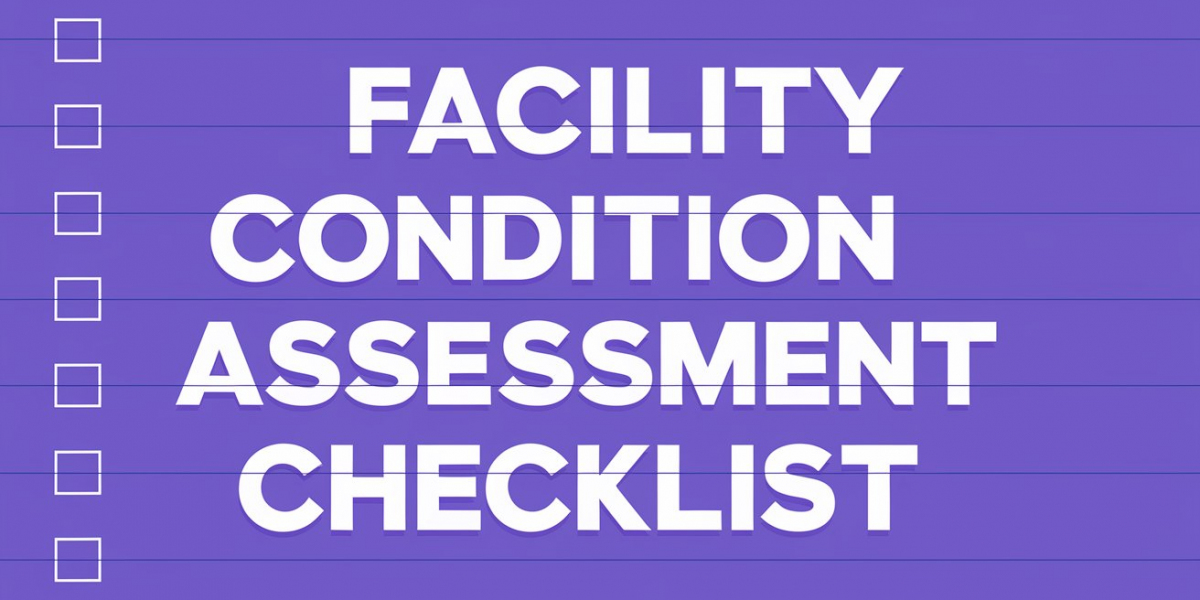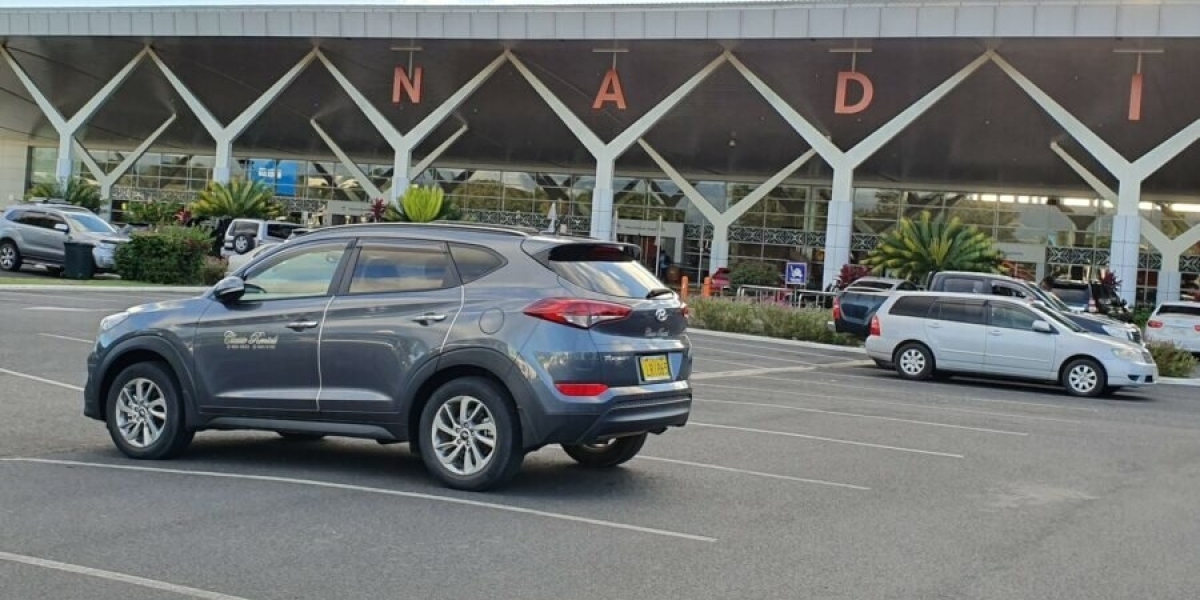An essential step in determining the overall health of a building's systems, infrastructure, and assets is conducting a Facility Condition Assessment (FCA). To guarantee the functionality and safety of their facilities over the long term, organisations can use this assessment to figure out how much money they will need to spend on repairs, replacements, and capital improvements. In addition to increasing the facility's lifespan, better budgeting, and maintenance effort prioritisation are also aided by regular assessments. An exhaustive checklist for evaluating the state of a facility is provided below. It addresses all the necessary aspects of the building, including its construction, HVAC, plumbing, electrical, and more.
1. Roof Condition of the Building
- Look for obvious signs of damage, such missing shingles, cracks, or leaks.
- Make sure the gutters and downspouts are clear and in good working order to ensure proper drainage.
- Find out if the roof needs replacing soon or if some small repairs can make it last longer by looking at its age and material.
- Keep an eye out for moss or water pools; these could be indications of problems with the slope or the waterproofing.
2. Walls and Cladding
- Look for structural problems like cracks, chipping, or heavy wear and tear.
- Check for signs of degradation (such as mould, rot, or rust) or water intrusion.
- Make sure that the brick, stucco, or siding used for exterior cladding is in good condition.
- Make that all of the hardware, seals, and frames on windows and doors are in good working order.
3. Foundations for Structural Integrity
- Inspect for signs of settlement or structural issues, such as cracks or shifting.
- Be on the lookout for mould or signs of water damage around the foundation.
- Take a look for foundation bulges or uneven surfaces.
4. Structural Members
- Find any indications of damage, rust, or corrosion on the beams and columns that support the building's weight.
- Make sure there are no obvious splits or cracks that could make it unstable.
- Check for signs of water damage or bug infestations that could cause these elements to deteriorate.
5. Heating and Cooling Systems
- Make that the air filters, ducts, and coils of the HVAC system are clean.
- Make sure the HVAC system is running smoothly and isn't making any strange noises or smells.
- Determine the system's efficiency by checking for indicators of energy loss, such as fluctuations in temperature.
- Make sure servicing is done on schedule by reviewing maintenance records.
6. Air Flow
- Make that there are no obstructions in the ventilation systems, air vents, and exhaust fans.
- Verify that all spaces have enough ventilation by testing the air quality.
- Maintaining adequate ventilation is essential for keeping mould, mildew, and musty air at bay.
7. Plumbing
Aqueous and PVC Pipes
- Check any exposed pipes for damage, corrosion, or leaks.
- Make sure everything is working properly by checking the water pressure everywhere.
- In case of an emergency, check that the shutoff valves are in good working order and can be easily manipulated.
- Make sure the hot and cold water systems are working properly and consistently test the temperatures.
Changing Areas
- Inspect the plumbing fixtures for any signs of wear, leaks, or obstructions.
- All plumbing fixtures must be in good working order and have adequate drainage.
- Inspect the lavatory for mould and water damage on the floor, walls, and ceiling.
Water Distribution Network
- Inspect the main sewer line for any signs of damage, such as leaks, obstructions, or backups.
- Make sure water can easily drain away from the structure by checking the drainage system.
8. Power Systems
Circuitry and Wiring
- Look for visible indications of wear, damage, or code violations in the wiring.
- Check the functionality and labelling of all electrical panels and breakers.
- Verify that all electrical outlets, switches, and light fittings are in good working order.
- Evaluate the electrical load of the building and make sure it can manage the current demand.
Security Lights and Backup Power Systems
- Verify that the facility's illumination is sufficient and efficient.
- Verify that backup power systems and emergency lighting are up to code by testing them.
- Make sure the emergency lights and exit signs are operational.
9. Indoor Areas
Ceilings and Floors
- Find any damage to the flooring, like cracks, buckling, or discolouration.
- Check the ceilings for any signs of water damage, such as stains, cracks or leaks in the roof or plumbing.
- Make sure there are no trip hazards, such as uneven floors.
- Examine the walls and partitions for any damage that can weaken their structural integrity.
- Check that all internal doors and dividers open and close correctly.
- Verify that all fireproofing is in good repair and up to code.
10. System for Preventing Fires
- Verify the functionality of all fire suppression systems, including sprinklers, alarms, and more.
- Verify that all fire extinguishers are in good working order and can be quickly reached.
- Keep all designated exits and evacuation pathways free of obstructions in the event of a fire.
11. Protection and Well-being
- Examine all points of access and security in the building, such as locks, alarm systems, and surveillance cameras.
- Verify that the outside lighting adequately illuminates the entrances and pathways.
- Make sure the exits are easily visible in case of an emergency.
12. Management of Pests
- Look around for evidence of animals, insects, or rodents that could indicate an infestation.
- Make sure the structure is impenetrable to pests by sealing any holes or cracks.
13. Efficient Use of Energy
Protection from the Elements and Climate
- To make sure it's energy efficient, check the insulation in the walls, ceilings and floors.
- To stop air from leaking in, check the weatherstripping and seals on all of the windows and doors.
- Verify that the HVAC system is running at peak efficiency and assess its energy efficiency rating.
Energy Use
- Look for trends in your power bills that indicate you're using too much energy.
- Switching to LED lights or installing a smart thermostat are two examples of ways to lower energy usage.
14. Outdoor Spaces and Attractions
Streets and Parking
- Check the pathways, sidewalks, and parking lots for any damage or dangers.
- Check the accessibility features, lights, and signage for any damage.
Water Management and Landscaping
- To prevent water from collecting near the foundation, make sure there is enough drainage around the building.
- Check the landscaping to see if any upkeep, such pruning trees, mowing the lawn or clearing away trash, is required.
15. Record Keeping and Reporting
The Construction of Documents
- Check that the maintenance, repair, and inspection logs are current.
- Always keep a record of all inspections, maintenance plans, and repairs done in the past for your own reference.
To sum up, a building's structural integrity and long-term functionality depend on regular, comprehensive Facility Condition Assessments. Avoiding expensive repairs, increasing energy efficiency, and making buildings safer and more efficient for inhabitants are all possible outcomes of organisations that handle issues in a methodical and timely way. The overall performance and durability of the facility can be improved by regular examinations and proactive maintenance.









